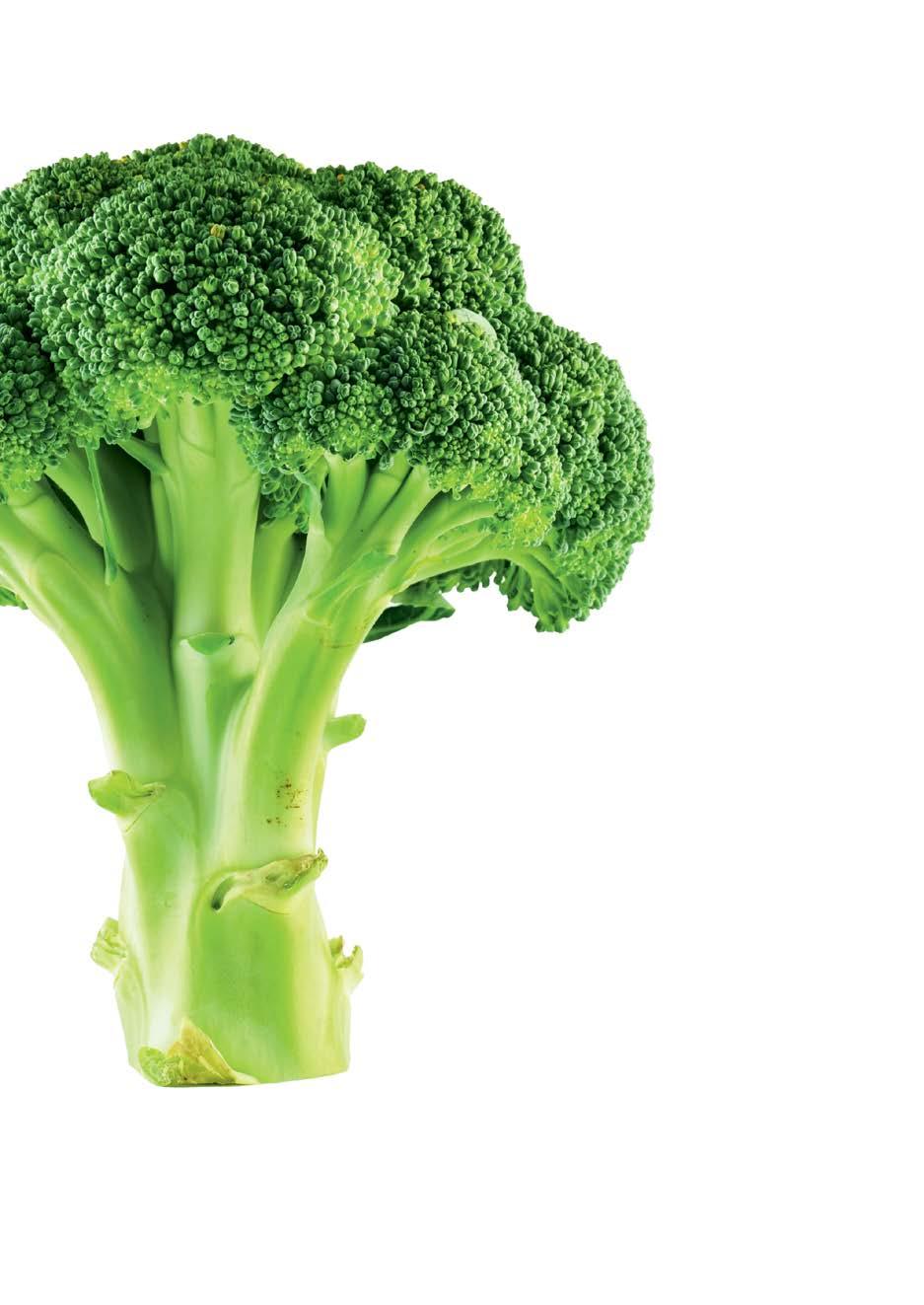
3 minute read
Tummy Troubles
Nutrition expert Dr Megan Rigby dives into the topic of the dreaded belly bloat and the suspect foods that may be the culprits.
themacromini.com
Advertisement
Digestive discomfort is never pleasant, especially when you feel like you’re doing all the right things to maintain a healthy body. Nothing makes you feel more defeated than eating well and exercising, only to look and feel like a hot air balloon. But what you may not realise is that your nutrient-dense diet full of plant-based goodness may actually be to blame for your belly bloat. Not all fruits, vegetables and grains are created equal, and your everchanging gut microbiome may be struggling to break them down, even if you were able to tolerate them well in the past. This battle often leads to the unpleasant gas production and water retention that has you feeling sick. If this sounds familiar, then it might be time to dissect your nutrition.
Let’s talk FODMAPs The term FODMAP was founded by Monash University researchers to describe specific classes of carbohydrates that can trigger digestive distress and exasperate symptoms of gastrointestinal disorders such as Irritable Bowel Syndrome (IBS). Beginning in the small intestine, foods fail to break down, travelling into the large intestine without being properly absorbed. The result is unpleasant bloating and fluid retention within the gut, as well as stomach pain, abdominal distension and bowel irregularity.
What does FODMAP stand for?
What to do If you think you may be plagued with a FODMAP intolerance, your best course of action is to follow a short-term elimination diet. Temporary elimination of high-FODMAP foods has been shown to provide relief of gut symptoms, particularly in people with IBS – although these foods can affect anyone with an inflamed gut from stress, toxins or antibiotic use. The long list can seem daunting and intimidating, but the good news is that most people are not negatively affected by all high FODMAP foods, nor do they consume them on a regular basis. FODMAP intolerance does not affect everyone the same, so the elimination process should suit your individual needs. THREE STEPS TO ELIMINATING AND REINTRODUCING FODMAPS Food elimination has been deemed an effective plan to help control symptoms and identify troublesome foods that could be causing the most gut discomfort. Here’s how to go about it: 1. Food journaling. Make a list of what high FODMAPs you eat daily and isolate those items. 2. Eliminate. Completely remove these foods from your diet for four to six weeks. 3. Reintroduce. Add ONE of the eliminated foods every three to seven days and assess tolerance in your food journal. If an item is not tolerated, remove it again and move on to the next food. Those foods wreaking the most havoc, consider removing from your diet for the foreseeable future to help control symptoms.
Far from a cure for IBS or a permament nutrition strategy, the FODMAP elimination diet should not exceed six weeks; eliminating too many highfibre and nutrient-rich foods can lead to unhealthy gaps in your eating plan. It’s always advisable to get a proper check-up by your doctor first, to ensure your symptoms are not being caused by something more sinister. If you continue to experience symptoms or think you require a longer elimination, discuss it with a GP or an Accredited Practicing Dietitan. S High FODMAP foods include: Fruits: apples, cherries, pears, watermelon, banana, grapefruit, blackberries, nectarines, plums Vegetables: asparagus, snap peas, garlic, onion, peas, soy bean, cauliflower, mushrooms Dairy: ricotta cheese, cottage cheese, cow’s milk, ice cream, yoghurt Grains: rye, wheat, barley Sweeteners: honey, agave, corn syrup, mannitol, sorbitol, xylitol Legumes and nuts: pistachios, cashews, black beans, kidney beans, split peas Fermentables Oligosaccharides (comprised of fructans and galactans) Disaccharides (milk sugar lactose) Monosaccharides (fructose) Polyols (sugar alcohols such as sorbitol, mannitol, xylitol and maltitol)
One-day LOW FODMAP PLAN The following is an example of how you might eat for a day on a FODMAP elimination plan. Adjust the food quantities as necessary to meet your daily caloric and macro needs.

FAT 60G
MACRO BREAKDOWN
PROTEIN 100G CARBS 135G
MENU
TOTAL CALORIES 1,480
BREAKFAST 2 hard-boiled eggs, ½ cup oatmeal + 1 cup strawberries + 1 tbsp chia seeds + ½ cup almond milk

SNACK 120g pineapple 28g almonds
LUNCH 120g shredded chicken 2 corn tortillas + 30g avocado + 2 tbsp shredded cheddar cheese + 2 tbsp salsa

DINNER 120g salmon 1 cup broccoli 1 cup sweet potato with cinnamon










